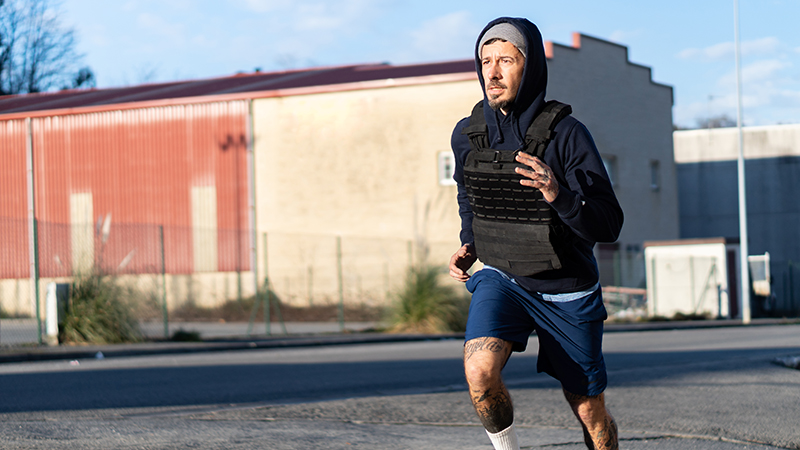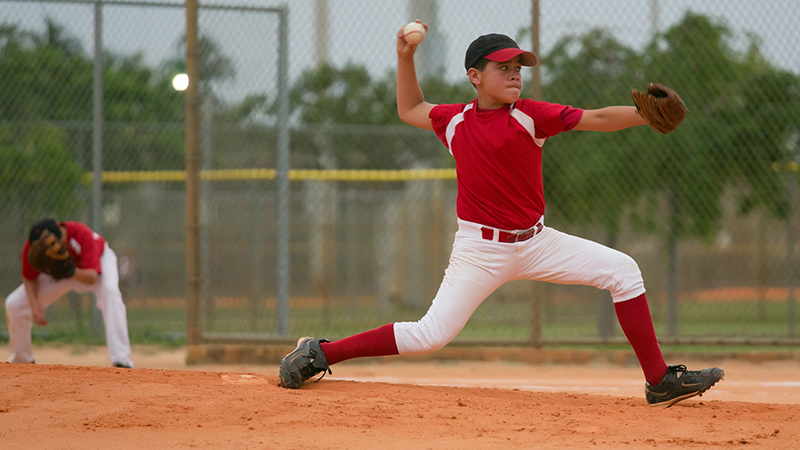Is Running Bad for Your Knees?
Updated October 2023
Orthopaedic Specialists Talk Common Causes of Knee Pain
Knee and joint pain may be common complaints among runners, but chances are slim that arthritis is the culprit. In fact, multiple studies have shown that regular running strengthens the joints and actually protects against development of osteoarthritis later in life.
“It’s very common for people to say, ‘How do you run? Doesn’t that ruin your knees?’” says Steven Mayer, MD, a physician in physical medicine and rehabilitation at Northwestern Medicine Orthopaedics. “There have been several recent studies that have debunked that myth. In fact, they have shown the opposite — that running tends to be protective of knee arthritis.”
More common sources of pain or injury in runners’ knees are iliotibial band syndrome (ITBS) and patellofemoral pain syndrome (PFPS), says Dr. Mayer.
Iliotibial Band Syndrome
With ITBS, pain tends to originate on the side of the knee and may migrate up through the thigh and occasionally into the hip, says Jeffrey Senall, MD, an orthopaedic surgeon with Northwestern Medicine Orthopaedics.
The iliotibial band is a tendon-like structure that assists with hip rotation and knee stabilization. While the exact cause of ITBS in runners is unclear, the good news is that physicians know how to treat it.
In almost all cases, ITBS can be cured with moderate physical therapy once or twice per week combined with additional strength training, says Dr. Senall. Additionally, running coaches and sports medicine providers may also work with patients to adjust gait and running technique. Surgery is rarely needed.
Patellofemoral Pain Syndrome
With PFPS, pain tends to originate on the front of the knee and may come on suddenly.
“We see a lot of people in the clinic with knee pain, and more often than not the pain is in the front of the knee,” says Dr. Mayer. “That’s something called runner’s knee, and it has to do with the mechanics of how the knee cap glides on top of the knee.”
Patella is the clinical word for kneecap, and this common disorder results from the kneecap moving slightly out of alignment with a groove in the joint — where it belongs. It tends to be related to a weakness in the quads (thighs), hamstrings or both.
Like ITBS, this injury rarely requires surgery. It is commonly treated with orthotic inserts and moderate physical therapy.
Dealing With Injury
If you are a runner concerned that your hobby will cause osteoarthritis, don’t be.
However, Dr. Mayer and Dr. Senall stress that all athletes, including runners, pay attention to any pain they experience, and have it evaluated sooner rather than later. Addressing pain early can help prevent further injury and a more difficult recovery down the road.
Northwestern Medicine’s Running Medicine Clinic and orthopaedic specialists at Northwestern Medicine Orthopaedics can help identify causes of running pain and treat a variety of sports-related and other injuries.







